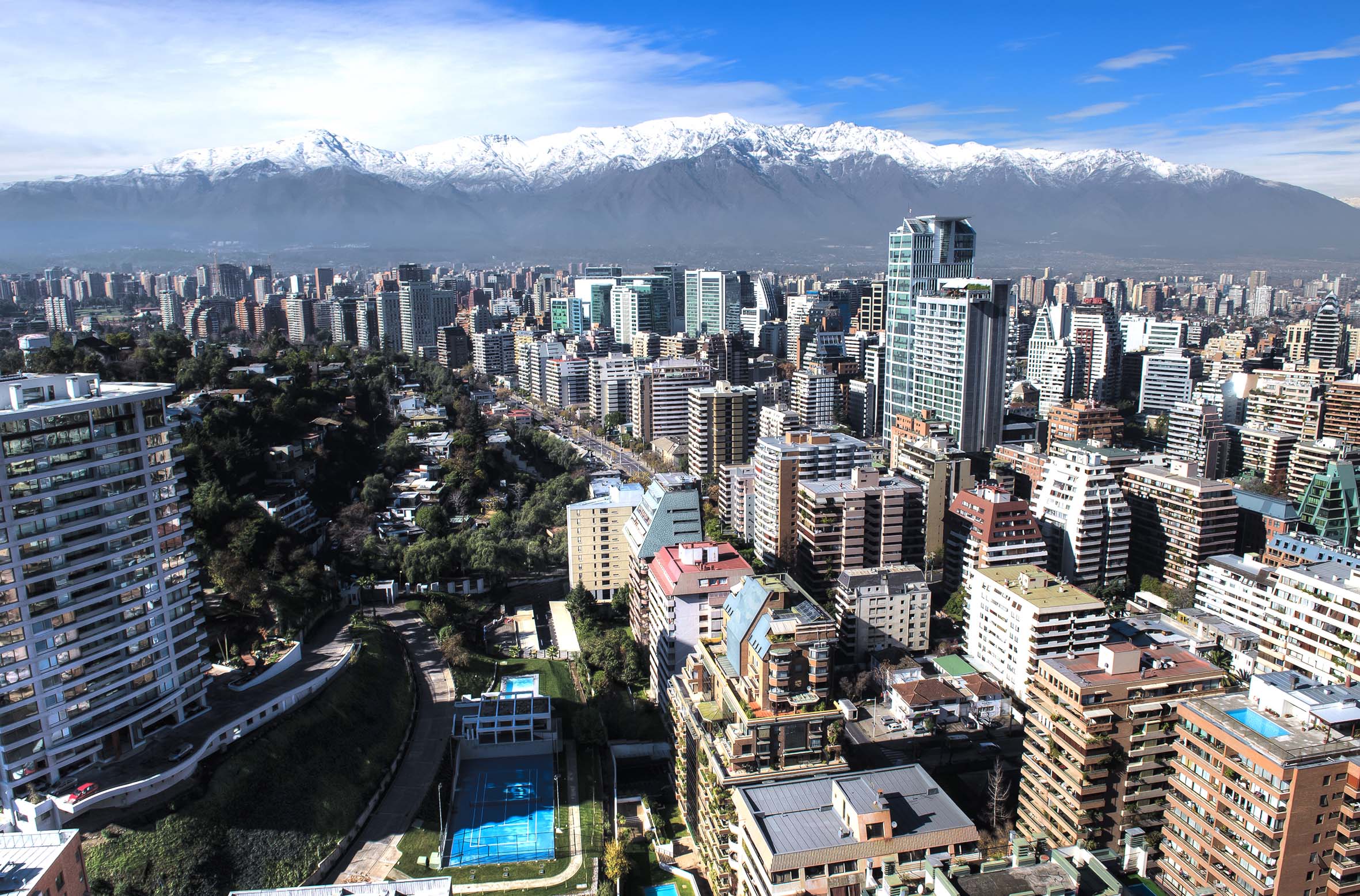
A nuanced appraisal emerges from the 2022 World Air Quality report – compiled by Swiss air quality technology company IQAir – which includes a dismal picture from Africa and the news that only five countries met the WHO limits for PM2.5: Australia, Estonia, Finland, Grenada, Iceland, and New Zealand.
The report incorporated data from more than 30,000 air quality monitoring stations across 7,323 locations in 131 countries, territories, and regions (compared to 6,475 locations in 117 such regions in 2021), which were analyzed by the group’s air quality scientists.
Key findings
- The top five most polluted countries in 2022 were:
- Chad (89.7 µg/m3) more than 17 times higher than the WHO PM2.5 annual guideline
- Iraq (80.1 µg/m3) more than 16 times higher than the WHO PM2.5 annual guideline.
- Pakistan (70.9 µg/m3) more than 14 times higher than the WHO PM2.5 annual guideline.
- Bahrain (66.6 µg/m3) more than 13 times higher than the WHO PM2.5 Annual Guideline.
- Bangladesh (65.8 µg/m3) more than 13 times higher than the WHO PM2.5 annual guideline.
- A total of 118 (90%) out of 131 countries and regions exceeded the WHO annual PM2.5 guideline value of 5 µg/m3.
- The region of Central and South Asia was home to eight of the world’s ten cities with the worst air pollution.
- While the African continent saw an increase from 13 countries represented in 2021 to 19 countries included in this year’s report, Africa remains the most underrepresented continent. Only 19 countries out of 54 countries have sufficient air quality data.
- Lahore is the most polluted metropolitan area of 2022. It ranked #15 in 2021.
- Chile became home to eight of the region’s top 15 most polluted cities.
While the number of countries and regions with air quality monitoring has steadily increased over the past five years, there remain significant gaps in government-operated regulatory instrumentation in many parts of the world. Low-cost air quality monitors sponsored and hosted by citizen scientists, researchers, community advocates, and local organizations have proven to be a valuable tool to reduce the massive inequalities in air monitoring networks across the world, until sustainable regulatory air quality monitoring networks can be established.
These independent air quality monitoring stations reveal disproportional exposure to harmful air pollution among vulnerable and underrepresented groups. Glaring gaps in air quality monitoring data, where pollution is likely poor, further underline the need to expand air quality monitoring coverage worldwide.
“In 2022, more than half of the world’s air quality data was generated by grassroots community efforts. When citizens get involved in air quality monitoring, we see a shift in awareness and the joint effort to improve air quality intensifies. We need governments to monitor air quality, but we cannot wait for them. Air quality monitoring by communities creates transparency and urgency. It leads to collaborative actions that improve air quality,” states Frank Hammes, Global CEO, IQAir.
“Too many people around the world don’t know that they are breathing polluted air. Air pollution monitors provide hard data that can inspire communities to demand change and hold polluters to account, but when monitoring is patchy or unequal, vulnerable communities can be left with no data to act on. Everyone deserves to have their health protected from air pollution,” states Aidan Farrow, Sr. Air Quality Scientist, Greenpeace International.
Download the full report here.






